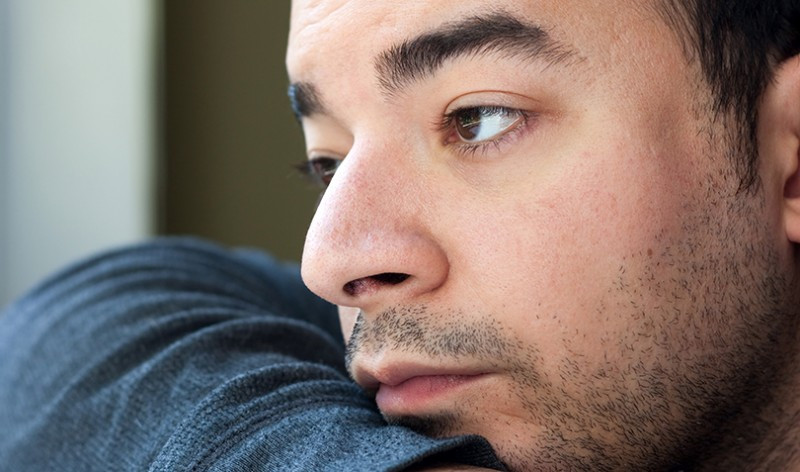Autumn is the favorite of the four seasons for many people, as summer gradually relinquishes its hot grip on us, the leaves turn and release their beautiful colors, and festive thoughts start turning toward a holiday season highlighted by Thanksgiving and Christmas. It's a time of year that can sharpen our senses, although it can be a seasonal time of distress and sadness for those adversely affected when days grow shorter because of shrinking daylight hours, with darkness eventually arriving before dinnertime. The annual switch from Daylight Savings Time back to Standard Time is just weeks away (Nov. 1), and it will be accompanied by an abrupt loss of another hour of late-day sunlight. It's a switch that can jolt our circadian rhythms, leaving many of us with Seasonal Affective Disorder (SAD)-induced depression as well as health-related issues and disruptions to our daily patterns, to include sleep.
Seasonal Affective Disorder (SAD) Symptoms
Per timeanddate.com, losing an hour of afternoon daylight time upon setting clocks back an hour can also trigger mental illness and winter depression, a synonym for seasonal affective disorder. In short, the symptoms associated with SAD can begin in the fall and last well into the winter months – most often peaking in January and February – sapping your energy and making you feel moody, per mayoclinic.org. A Danish study cited at timeanddate.com reported an 11 percent increase in depression cases after the time seasonal change, with changes gradually dissipating after 10 weeks. Other signs and symptoms of SAD can include the following:- Losing interest in favorite activities
- Problems sleeping
- Changes in appetite or weight
- Difficulty concentrating
- Feeling sluggish or agitated
- Increase in restless activity, such as pacing the room, or slowed movements
- Feeling hopeless, worthy, or guilty
- Thoughts of death or suicide
Treating SAD
Methods of treatment for people suffering with seasonal affective disorder have included cognitive behavioral therapy (CBT), light therapy, professional counseling, and psychodynamic psychotherapy. Antidepressants might also be prescribed. There are other measures you can try for yourself, with the guidance of a health-care professional. They include the following, per nhs.uk:- Expose yourself to more natural sunlight as much as possible, such as during a lunchbreak.
- Sit near windows while indoors.
- Make your home and work environments as light and airy as you can.
- Get plenty of exercise regularly, aiming to do it outside and during daylight as much as possible.
- Eat a balanced diet—a healthy one.
Nutritional Supplements Can Help Alleviate SAD Symptoms
Let's face it, there are vitamins and other nutritional supplements that can help treat almost any health condition imaginable, and SAD is no exception. Following are five natural remedies to consider adding to your regimen if you are feeling seasonal affective disorder in a manner that is negatively impacting your life:- Vitamin D. Per everydayhealth.com, a vitamin D deficiency has been linked to seasonal affective disorder by Medical Hypotheses journal, referring to 2014 research.
- Folate/folic acid. Folate, a B-vitamin known as folic acid in another form, has been found effective in treating depression.
- SAM-e. It's short for S-adenosylmethionine, which is designed as a synthetic form of the body's natural mood-enhancing chemicals, per healthline.com. Note: Don't take SAM-e if you are already taking antidepressants.
- St. John's wort. This herb-based antidepressant has also been used to help people with sleep problems and absorption of nutrients that aid in the restoration of vitality and well-being, per permaculture.co.uk. St. John's wort has also been linked to a boost of serotonin in the body, referring to the feel-good chemical known for countering depression, per healthline.com.
- Zinc. Zinc is a nutrient that has been found beneficial in enhancing mental functions such as learning and behavior, per healthline.com.

